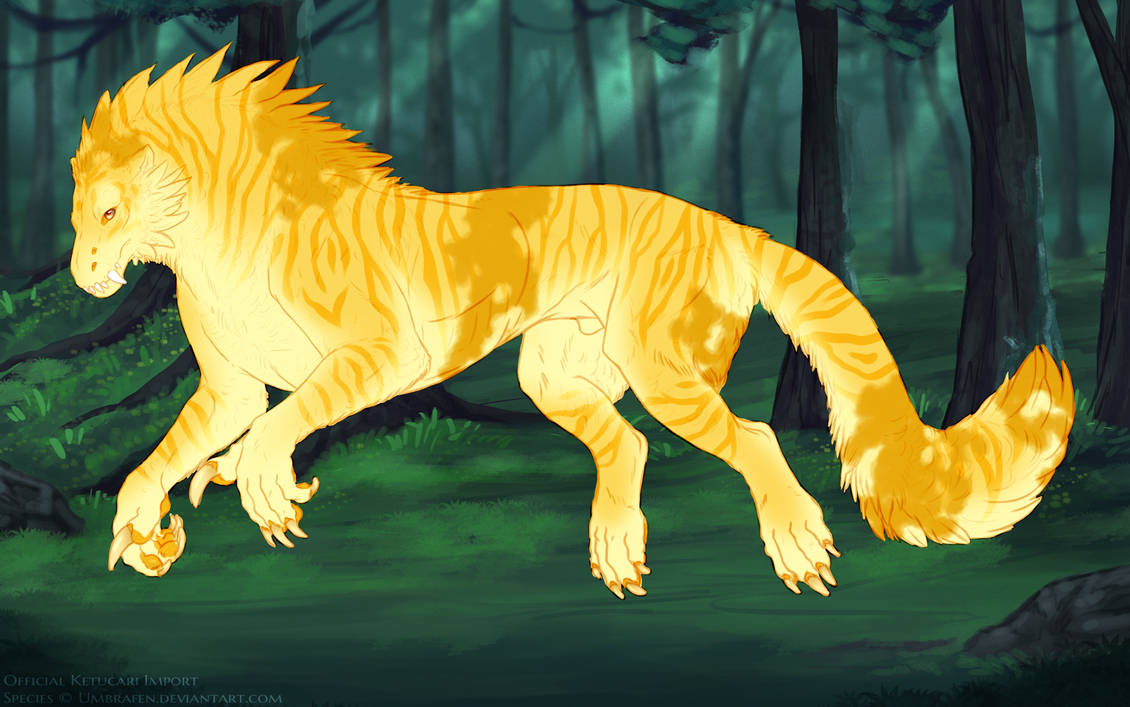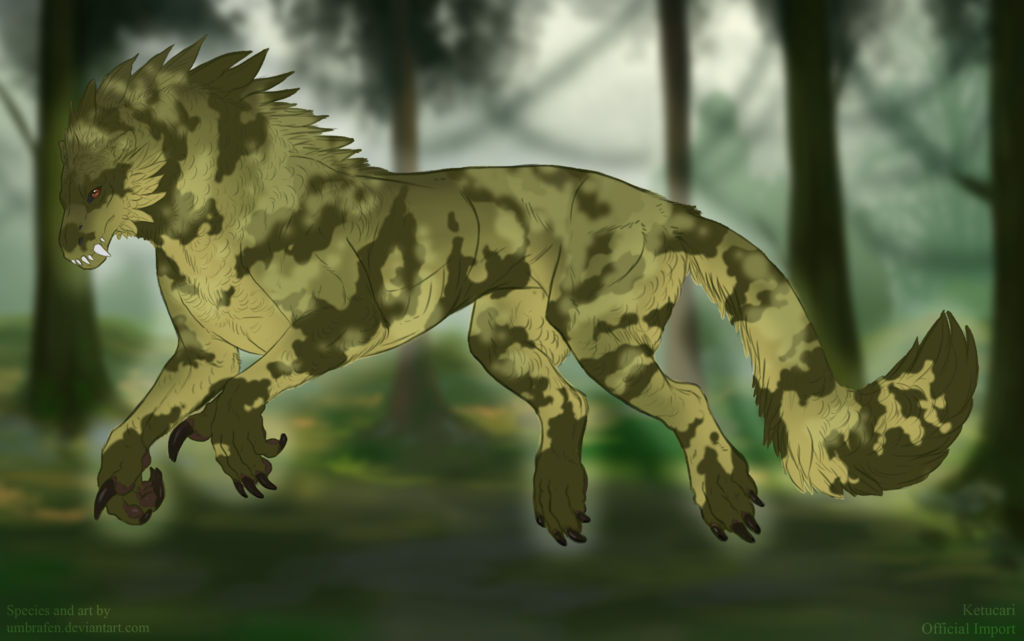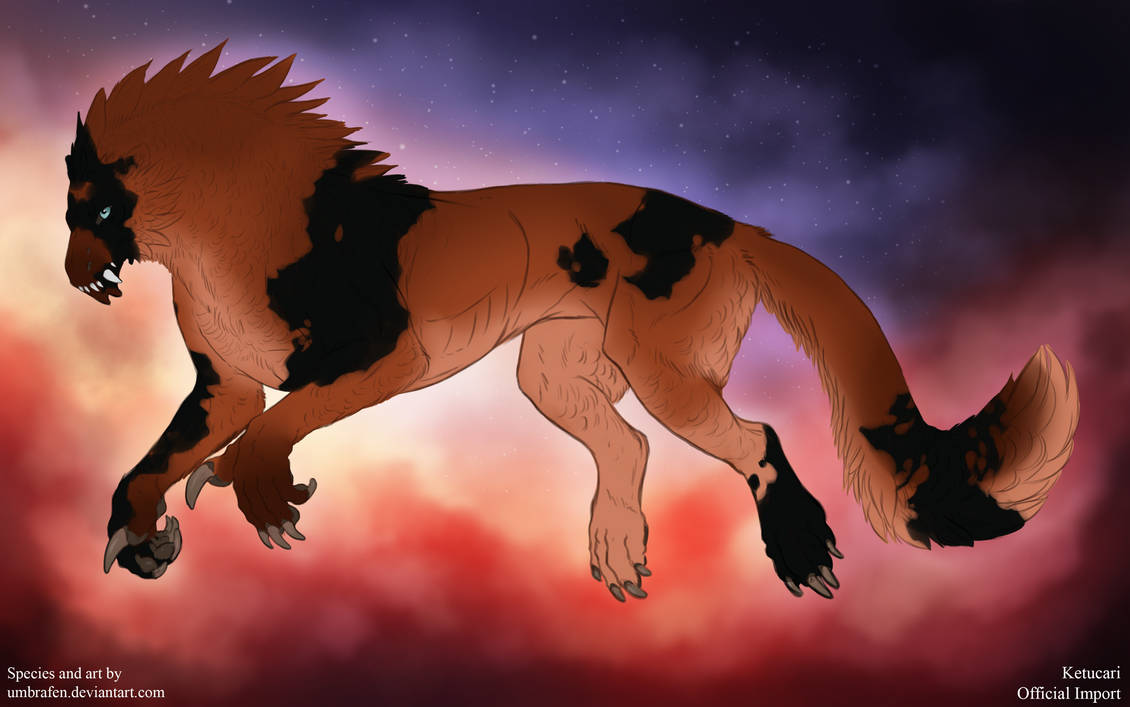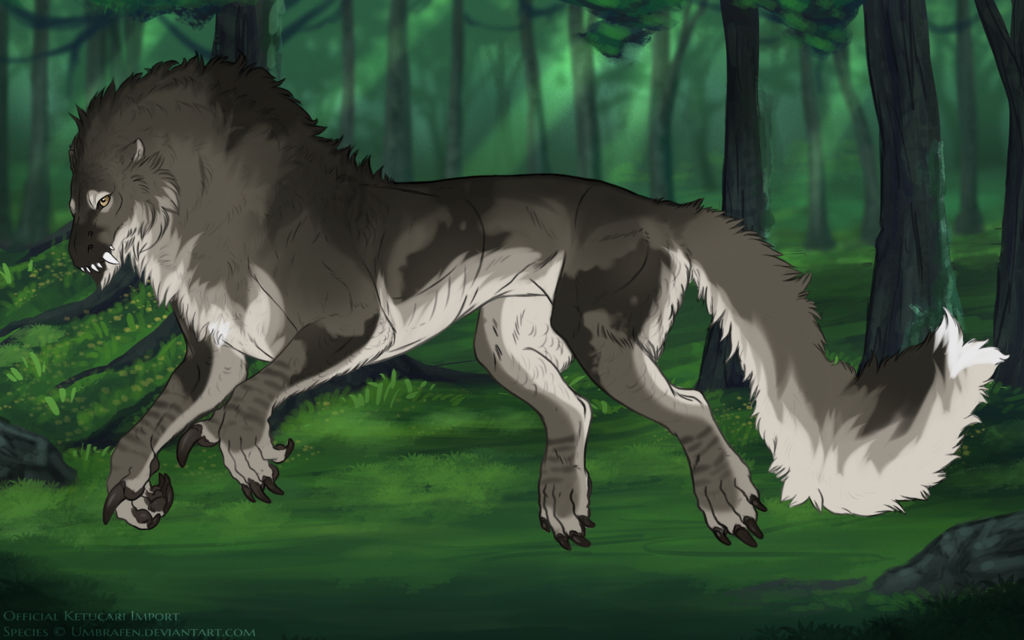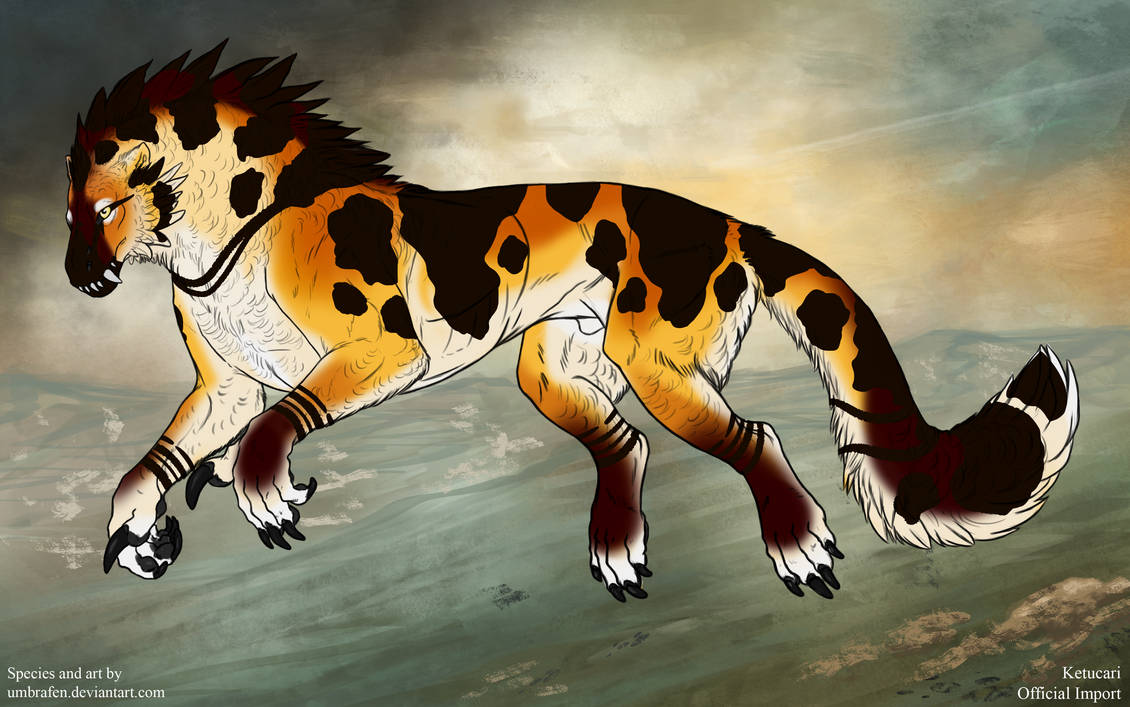Koi
Examples
Basics
Color and Shape
This marking should resemble the dark patterning on Utsuri koi:
s220.photobucket.com/user/Turb…
s-media-cache-ak0.pinimg.com/2…
Patches should have irregular edges. Be sure that it doesn't too closely resemble spotting.
Koi must be a darker color of your chosen base, with a minor deviation in hue. It can also be a fully desaturated color of the base, as long as it is darker. Koi may be pure black.![]()
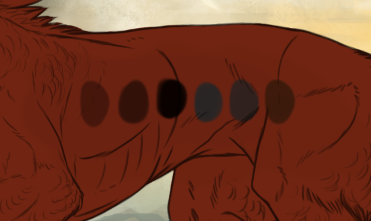
These colors would be acceptable for this base color. They are either a darker version of the base, or a darker and desaturated version of the base. The last color on the right shows a minor deviation in hue, and is slightly more yellow than the base itself. Notice that this small change is not overbearing.![]()
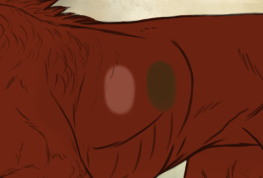
These colors would be unacceptable for koi. They are either lighter than the base coat or have too drastic a hue shift.
Range
Koi can appear on any part of the body, but must be immediately recognizable. It may not cover more than 50% of the body.
Koi spots can be any size, but should not be used to mimic another marking, such as Dusky Points.
Interaction with Other Markings
![]() All markings can be layered under or over koi.
All markings can be layered under or over koi.![]() Koi can be influenced by Inferno, Vapor, Segment, And Pale
Koi can be influenced by Inferno, Vapor, Segment, And Pale
Accents
Here are some small accents you can add to your designs to make them more unique!
• Koi patches may have small holes inside of them, like below.
